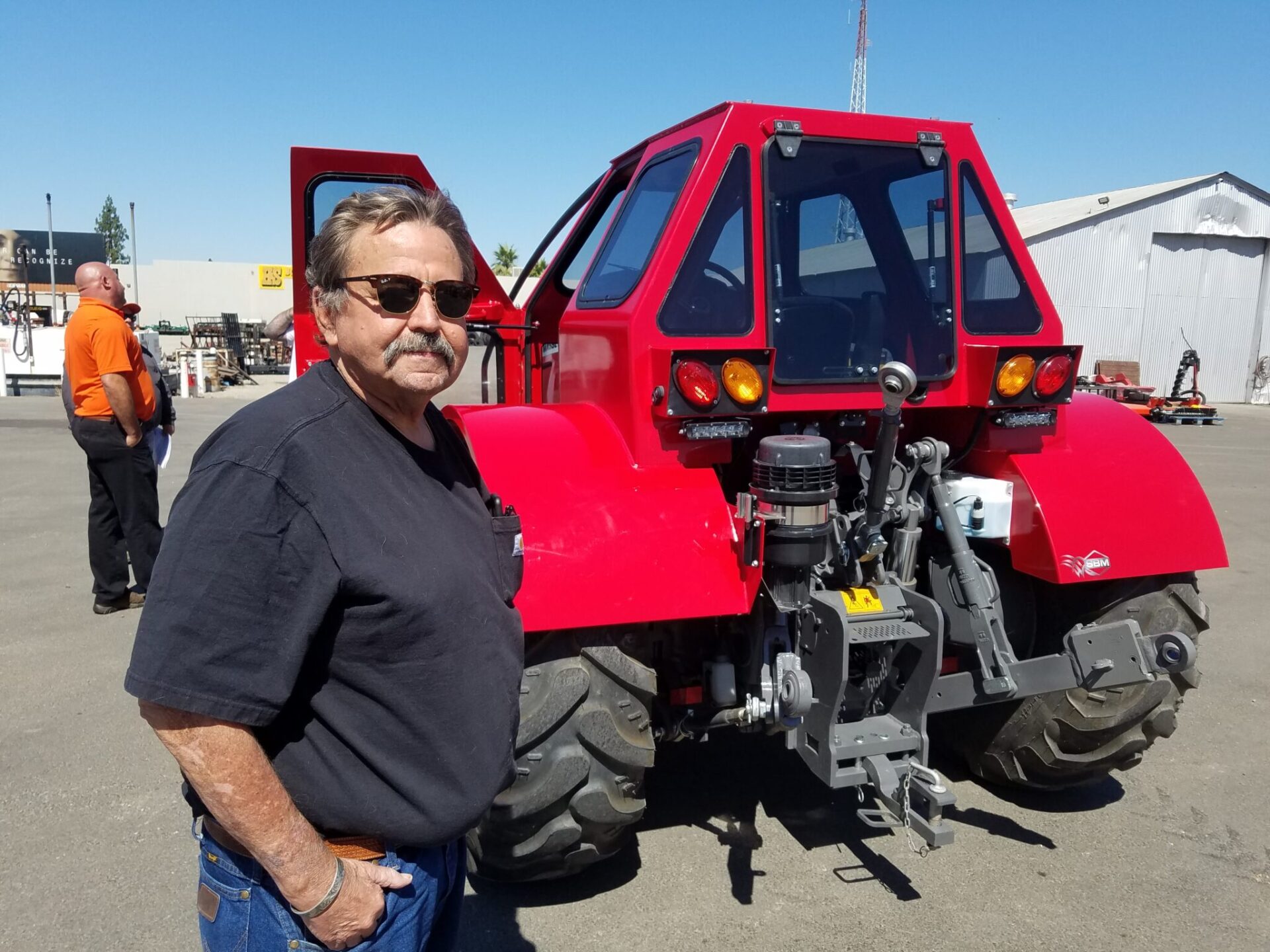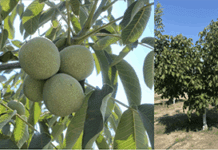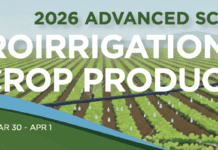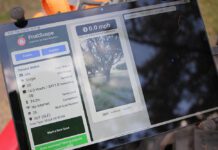
At Berchtold Equipment Company in Bakersfield, Calif., Michael Arriola is practicing patience like never before.
“Typically, on a retail order, it would take a month for a new tractor to show up on our yard,” said Arriola, assistant general manager for the 100-year-old company that sells New Holland, Kubota, Bobcat and other equipment brands. “Now it’s taking four to six months. Inventory all over the country is way down.”
Like other equipment dealers across the U.S., Arriola is seeing shortages of new farm machinery, including tractors, forklifts and harvesting equipment. Even parts and materials can be hard to find and are getting more expensive.
“If Berchtold hadn’t over-inventoried last year, we would be facing a definite inventory crisis,” Arriola said. “Some dealers are losing customers because they don’t have the equipment. It’s tough for everybody.”
Inventory has been tightening since 2020’s COVID-19 lockdowns forced manufacturing shutdowns and supply-chain disruptions. Now, as the pandemic eases in the U.S. and restrictions lift, demand is surging for all kinds of goods. But factories can’t ramp up quickly enough, making it harder to source equipment. Steel, computer chips, tires and plastics, all needed to make things like cars, smartphones and tractors, remain in short supply. Labor shortages and shipping delays aren’t helping.
“We ordered $1 million worth of tractors in June 2020,” said Brian Agnetti, president of San Joaquin Tractor Company in Bakersfield. “We’re just getting them a year later.”
Agnetti still has more than a dozen tractors on order for customers. “People were patient in the beginning, then not so much,” he said. “I got three angry calls today from people who are waiting for their orders.”

Record Equipment Demand
The shortages come as demand for agricultural machinery soars. Improved commodity prices and low interest rates have spurred farmers to make more capital investments in equipment.
“The equipment business has seen three to four years of straight growth,” Arriola said. “From May 2020 to April 2021, the market for this sector rose 23.8% over year-earlier levels.”
That growth includes tractors in the 25- to 700-horsepower range and among all manufacturers, including New Holland, CASE, Massey Ferguson and John Deere.
The largest demand increase, however, is among tractors under 40 horsepower, Arriola noted. That compact-equipment market is especially popular with hobby farmers and labor contractors as are skip loaders, skid steers, mini excavators and back hoes.
White-hot demand in the real-estate market and increasing construction activity is helping raise the demand for equipment and pushing prices higher. Some Los Angeles equipment dealers are getting 5% to 10% over suggested list prices, said Arriola.
“Those construction guys have jobs lined up and will pay what they’ve got to pay to get the equipment,” he said. “It all trickles down to our industry. The competition is on for the equipment.”
Generally, all machinery products are in short supply, said Bill Garton, president of Garton Tractor, which has 10 locations across California. The shortage has meant lower sales for dealers and contributed to climbing equipment prices.
“I’ve seen some manufacturers increase prices several times this year, plus add steel surcharges to the invoices,” Garton said.
Those steel pricing add-ons are the result of shortages in that industry as well. Like Garton, Agnetti is seeing the effect of that too. In mid-June, the San Joaquin Tractor owner ordered four gypsum spreaders for his dealership. There was a $2,600 steel surcharge on the order.
“I’ve never seen that before,” Agnetti said.
Allen Pierucci and his son, Seth, were lucky enough to take delivery of a new orchard sprayer in June. They farm 800 acres of pistachios, cotton and pomegranates near Buttonwillow, Calif.
“But if that sprayer hadn’t been in stock and we’d had to order it, the cost would have been $7,000 higher than what we paid,” said Allen Pierucci.

Dealing with Shortages
The lack of availability has created a buyer’s rush of sorts on tractors and other field equipment.
“Everything sells right away,” said Curtis Tobias, Agnetti’s business partner at San Joaquin Tractor. “People are afraid it won’t be there later.”
Dan Kramer, store manager for Kuckenbecker Tractor Company in Fresno, Calif., is seeing the same thing. “We’ve got quite a few tractors coming in over the next three to four months,” Kramer said. “A lot are already spoken for.”
Used equipment is also hard to get, and it’s expensive. “Prior to COVID, high used-equipment inventories were an issue,” said Joani Woelfel, president and CEO of Far West Equipment Dealers Association. “But, by January 2021, used equipment inventory fell to new lows, and prices rose dramatically.”
Repairing existing equipment has become increasingly important, too, even as dealers wait for parts to come in.
“Servicing is key right now,” Arriola said. “People are extending the life of their equipment to get by. If a tractor has several thousand hours on it, we’re working to keep it going.”
But even those efforts can come with delays. “If I have to order replacement parts, it’s a two-month wait,” said Seth Pierucci.
In the meantime, farm equipment dealers are working with friendly competitors to transfer inventory to each other or help out where they can.
“We’re all trying to juggle equipment among locations to be there for our customers,” Arriola said.
Long-Term Issue?
The wait to replenish equipment inventories and end the backlogs could stretch into late 2022.
“I’ve been told it will take a year and a half to get back to normalcy,” said Garton. “Many dealers have increased orders for over a 12-month supply of products, based on the assumption that availability will be a long-term issue.”
For Kuckenbecker’s Kramer, another concern has emerged as the equipment shortage sorts itself out and dealers rev up their ordering.
“Sales will continue to be brisk to the end of 2021,” Kramer said. “But I worry that next year, equipment dealers could be sitting on too much inventory.”
















